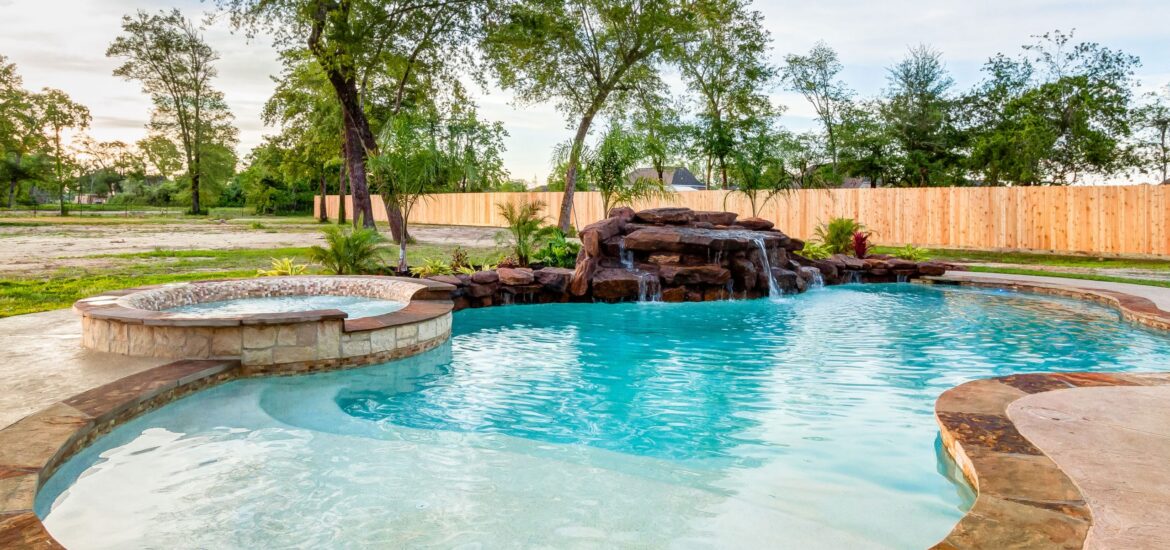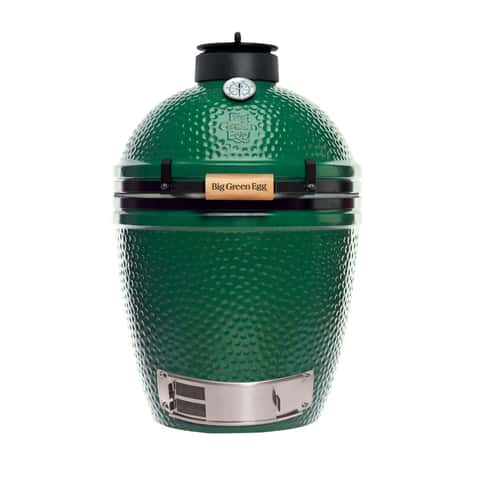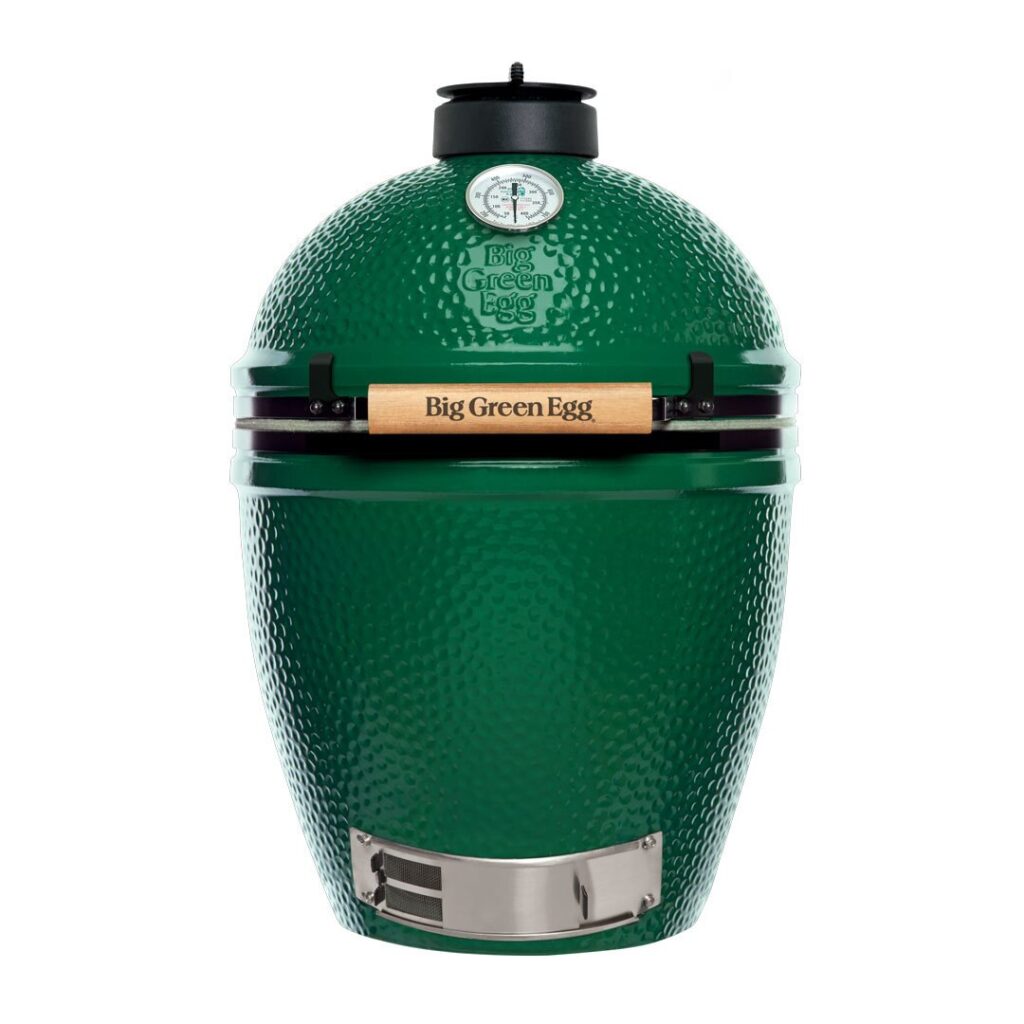Does your pool have a leak? If you’ve noticed your water level is lowering and you know you’re not losing water to evaporation, it’s quite possible there’s a leak somewhere in your pool. For rather obvious reasons, this is not a good arrangement for your pool or your backyard. You’ll want to find and fix the leak as quickly as possible.
There are three primary methods of pool leak detection: the ink test, the bucket test, and checking the piping. These tests are designed to help you determine if a leak is present and to give you an idea of where it might be located. Try performing all three of these tests before calling an expert to fix the leak.
Does your pool have a leak? These tests can help you discover the answer. Share on X
The Bucket Test
This should be your first step in leak testing. Set a bucket in the pool on the first stair and fill it with water until it matches your pool water level. Leave it there for a few hours to a day and watch the water levels change. If both go down at about the same speed, don’t worry about a leak–you most likely just have a lot of evaporation happening. However, if the pool water is lower than the bucket when you check, there’s a leak somewhere and it’s time to move on to the next method to find it.
Check the Pipes
The most likely place for a leak to occur is in your pool’s pipe system. Check your pipes for leaks or weak points, and inspect the ground near your pool for any signs of excessive moisture. If you find the leak in your pipes, patch it up temporarily and call a professional to fix the leak. However, if your pipes are just fine, the leak is somewhere in your pool shell and it’s time to employ the final leak detection test.
Pro Tip: Don’t try to repair your pool pumps on your own. Without a good knowledge of the machinery, you may just make a leak worse or create a new one.
The Ink Test
Use the ink test if you know your pool shell is leaking but you aren’t sure where. Find the wettest point in the ground outside your pool–this is where the water is escaping. Once you’ve found it, get into the pool with a little bottle of dye or dark food coloring. Moving slowly to avoid stirring up the water, squirt a few drops of dye into the water near where you suspect the leak might be. Watch where the dye drains and make a note of it. You’ve found the leak! Now it’s time to get a professional patch job done.
Keep Your Houston Pool Usable
A swimming pool leak can cost you a surprising amount of money in wasted water, not to mention the damage the excess water can do to your backyard. Detecting and patching pool leaks quickly is essential to maintaining an enjoyable backyard for the foreseeable future. With these pool leak detection techniques, you’ll never have to go long without a properly maintained swimming pool!
Join the conversation and get more tips and tricks for maintaining your swimming pool.






